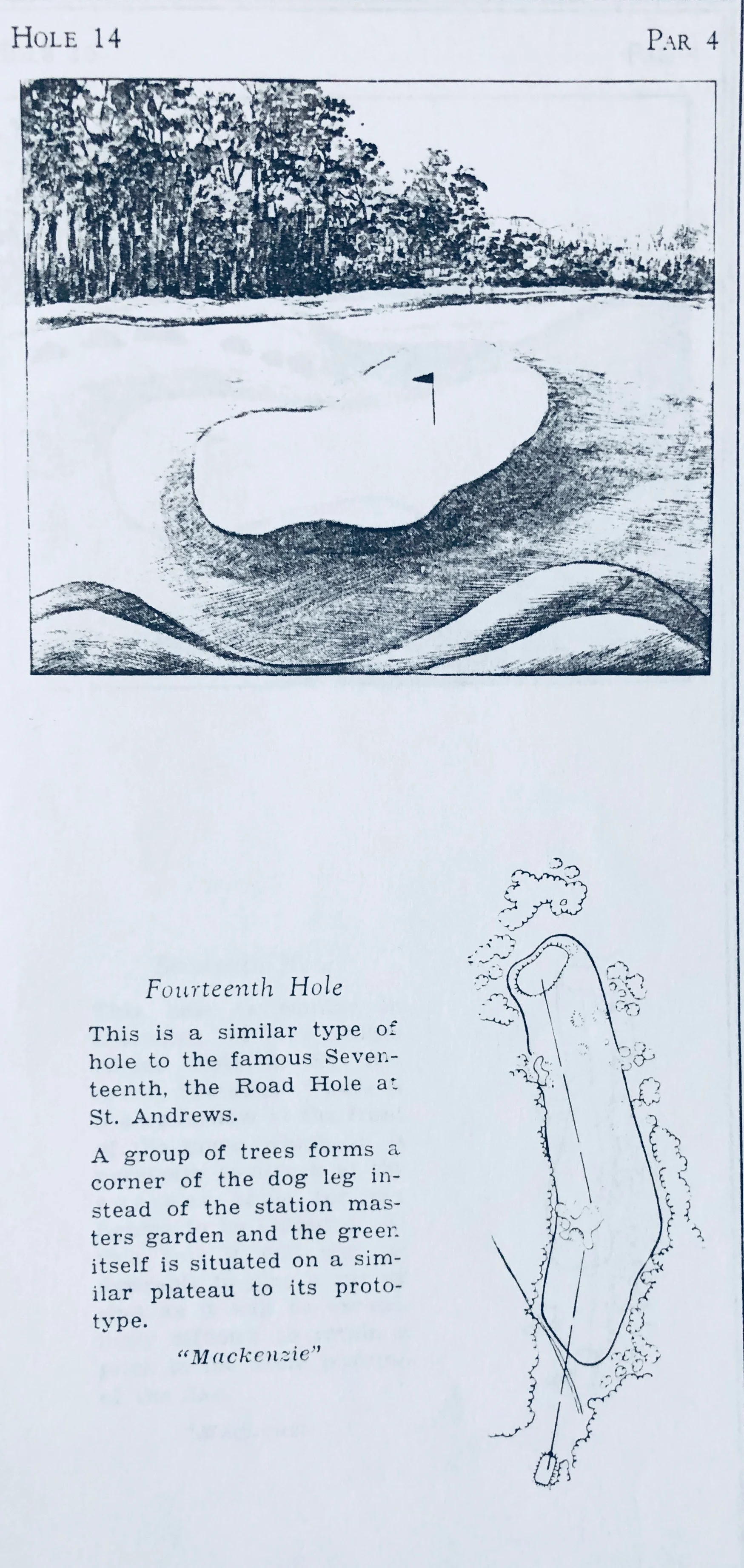Can Augusta National Get The MacKenzie And Jones Back In Their 5th Hole?
/John Boyette and the Augusta Chronicle report on landscaping work around what will be a new property line by Old Berckmans Road. A photo gallery and details from the club's permit filings suggest a robust effort.
As The Forecaddie explains, this is pretty clearly the beginning phase to major work at the fifth hole. Once the new perimeter is established, the club will be closed and on-course work can begin.
While no changes have been announced, this will be a huge test of new Chairman Fred Ridley's devotion to MacKenzie and Jones. For Golfweek's April issue, I wrote about the Ridley's comments and fascinating omission of Clifford Roberts in favor of a rare MacKenzie reference, as well as what the future portends.
Which brings us to the 5th hole. Other than the 11th hole's awful pine nursery plantings in place of what used to be fairway, no hole was more perversely compromised to prevent a driver and sand wedge approach than the 5th. In 2002, fairway bunkers were pushed forward to pinch the landing area and force a lay-up off the tee.
Jones, however, described the intent of rewarding those who carried the left bunkers to shorten the hole and enjoy a better angle. He noted the danger looking for the left tee shot pulled into the woods but also the distinct difference in angle and distance for the second shot.
Here is the George Cobb rendering from Golf Is My Game and take note of the contours included by Cobb. There was a high spot down that left side where the best angle was obtained, as well as nice mounding in the right center that added visual deception for the safely played tee shot:
1960 rendering by George Cobb for Bobby Jones' Golf Is My Game
In one of his earliest renderings and comments, MacKenzie even equated the dogleg corner and overhanging trees to the Road hole's station masters garden and the green design's principles inspired by the Old Course's 17th.
With additional space behind the tee to add length and Ridley's stated devotion to the original strategies, the fairway bunkers should come back a bit and the left side restored. However, with the tee possibly shifting to the right, this will change the view, angle and maybe effect the ability to restore the very classic risk-reward strategy.
Time will soon tell if the nuances so well documented by the architects and rooted in the Road hole, are reclaimed during this summer's fifth hole work.






























